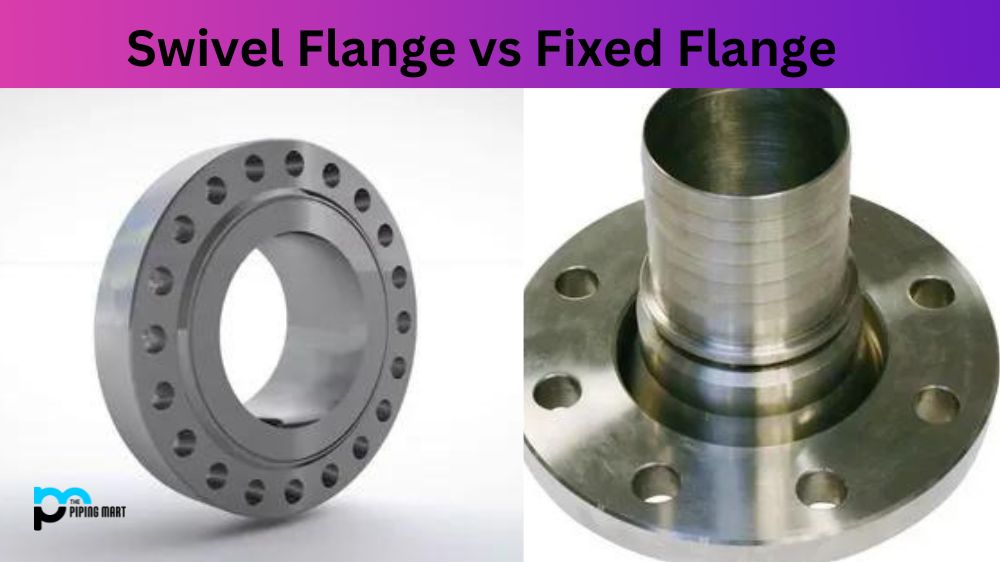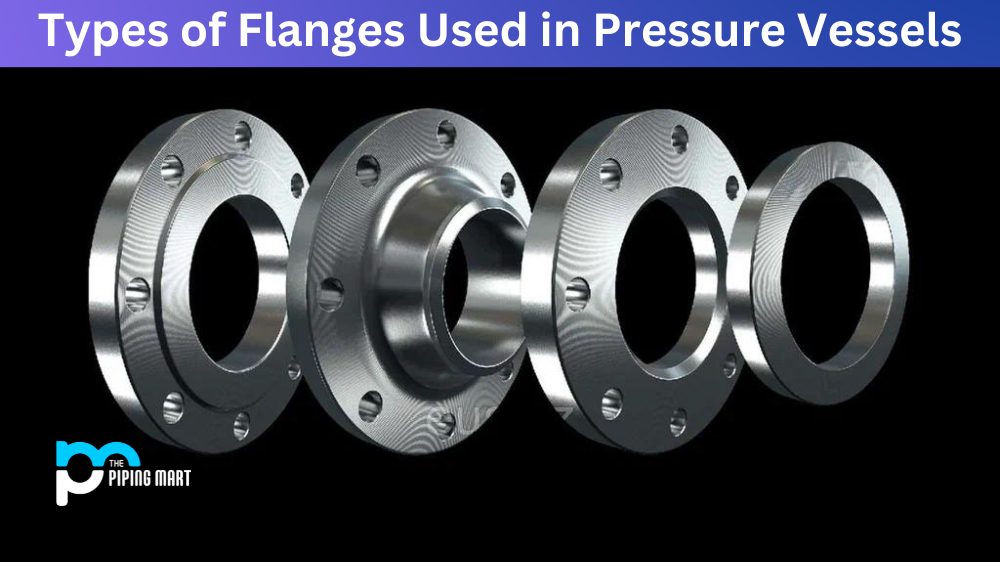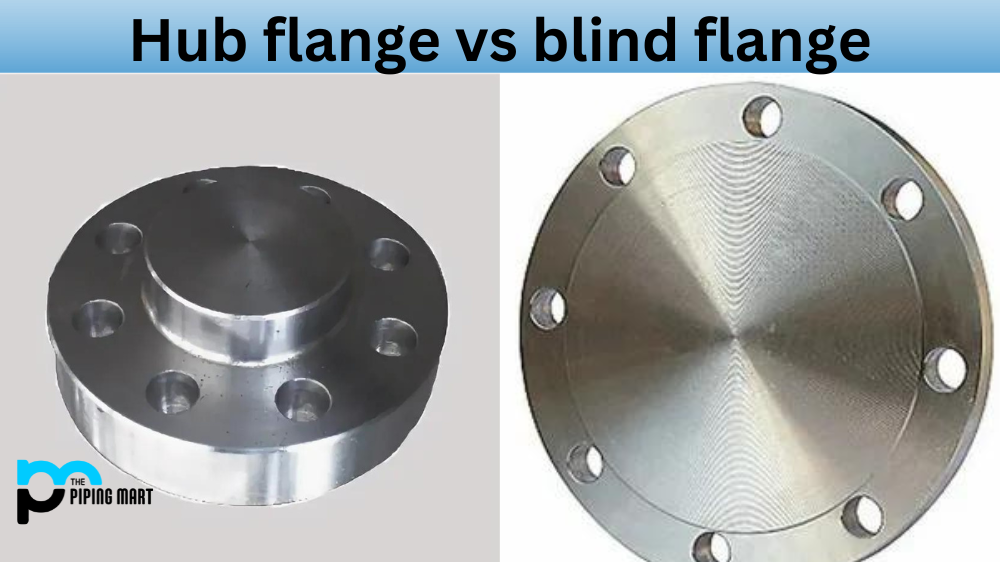Flanges are used in various industrial applications to connect pipes, valves, pumps, and other equipment. They are mechanical components that provide a way to create a tight seal between two surfaces. Flanges come in different types, including swivel flanges and fixed flanges. While both types are used to join pipes or flanges, they have significant differences that make them suitable for different applications. This article will explore the difference between swivel and fixed flanges and when to use each type.
Swivel Flange
Swivel flanges are designed to allow for rotational movement between two flanges. They consist of two parts, a swivel ring and a hub flange. The swivel ring sits in the hub flange and is designed to move freely, allowing the two flanges to move in different directions. Swivel flanges are typically used in thermal expansion or vibration applications, such as in pipelines carrying hot or cold fluids or in offshore oil and gas installations.
Fixed Flange
Fixed flanges, on the other hand, are designed to provide a fixed connection between two flanges. They do not allow rotational movement between the flanges once they are bolted together. Fixed flanges come in different types, including slip-on, weld neck, threaded, lap joint, and socket weld. They are widely used in applications without thermal expansion or vibration, such as pipelines carrying water, air or gas.
Swivel Flange vs Fixed Flange – Pros and Cons
Swivel flanges offer flexibility, easy installation, and reduced stress on the flange faces. They help to compensate for misalignment between the piping systems and reduce the risk of gasket failure and flange leakage due to thermal expansion or vibration. However, they are more costly and require more maintenance than fixed flanges.
Fixed flanges, on the other hand, are more economical, easier to install, and require less maintenance. They provide a stronger, more secure connection between flanges and are widely used in applications that must support heavy loads or pressure. However, fixed flanges do not allow for any flexibility or compensation for misalignment and can be more prone to gasket failure and flange leakage in high-temperature or high-vibration environments.
When to use Swivel Flanges and Fixed Flanges
The choice between swivel and fixed flanges depends on several factors, including the application, the operating conditions, and the cost. Swivel flanges are suitable for thermal expansion or vibration applications, such as in pipelines carrying hot or cold fluids or in offshore oil and gas installations. Fixed flanges, however, are suitable for applications without thermal expansion or vibration, such as in pipelines carrying water, air, gas, or chemical plants.
Conclusion:
In summary, swivel and fixed flanges are two flanges used to join pipes or equipment. Swivel flanges allow for rotational movement between two flanges, while fixed flanges provide a fixed connection between two flanges. The choice between swivel flanges and fixed flanges depends on several factors, including the application, the operating conditions, and the cost. Understanding the differences between various types of flanges and when to use them is crucial to ensure the safety and efficiency of the piping systems.

A passionate metal industry expert and blogger. With over 5 years of experience in the field, Palak brings a wealth of knowledge and insight to her writing. Whether discussing the latest trends in the metal industry or sharing tips, she is dedicated to helping others succeed in the metal industry.




